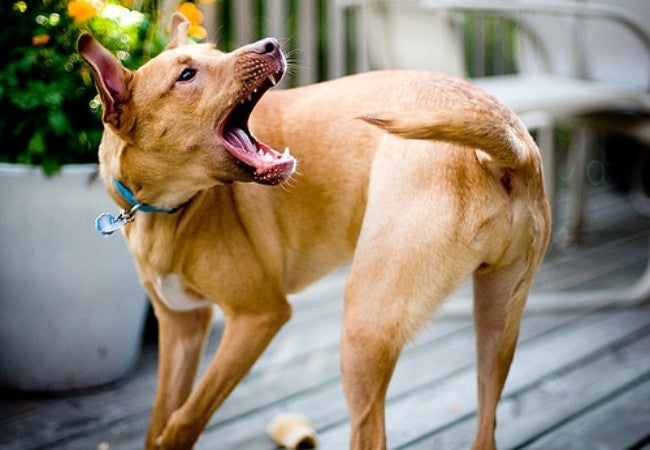Vet‑Approved Guide: Compulsive Disorders in Dogs – Signs, Causes & 2025 Treatment Tips 🐶🐾

In this article
Vet‑Approved Guide: Compulsive Disorders in Dogs – Signs, Causes & 2025 Treatment Tips 🐶🐾
By Dr. Duncan Houston BVSc
Compulsive disorders in dogs are repetitive, out-of-context behaviors that can disrupt normal life—like tail chasing, fly snapping, flank sucking, or persistent licking. While common behaviors may start as stress relief, they can spiral into serious, self-harming habits. This 2025 guide offers vet-approved advice to help both you and your dog. 🛡️
🔍 What Qualifies as a Compulsive Disorder?
These behaviors go beyond normal—they're prolonged, inappropriate, and appear ritualistic. Examples: spinning, tail chasing, fly-biting, barking, chewing empty air, flank sucking, acral lick dermatitis, and repetitive staring.
🧠 Causes: Stress, Genetics & Frustration
- Stress or conflict: Frustration triggers a behavior that feels rewarding—dogs repeat it to self-soothe.
- Genetic predisposition: Breeds like Bull Terriers, GSDs, Dobermans, and Labs often inherit compulsive tendencies—with a gene on chromosome 7 linked to behavior.
- Early life influences: Lack of maternal care or early stress can contribute—tail-chasing common in dogs separated too soon.
- Attention reinforcement: Initially stress-driven, compulsions may persist if reactions (even scolding) reinforce them.
⚠️ Warning Signs
- Persistent, uninterruptible actions like spinning or pacing
- Self-harm: tail injuries, lick granulomas, skin sores
- Interference with eating, sleeping, and socializing—routine disrupted
- Returns to behavior almost immediately after being interrupted
🩺 Diagnosis: Rule Out Medical Causes First
- Vet exam to exclude pain, skin, neurological, or metabolic issues
- Behavioral pattern analysis: triggers, setting, duration, context
🛠️ Treatment Strategies
1. Modify Behavior & Environment
- Remove or reduce triggers; prevent access to problem stimuli
- Use positive reinforcement and distraction—train incompatible behaviors like “sit” or fetch
- Offer enrichment: puzzle toys, sniffing games, regular exercise
- Create a calm zone with pheromones, gentle music, and routine
2. Medications
- Clomipramine (Clomicalm): TCA antidepressant—effective in many compulsive cases
- SSRIs (fluoxetine): Successful in ~50% of cases; often paired with behavior therapy
- Other options: memantine, gabapentin, acepromazine, depending on assessment
3. Veterinary Supervision & Follow-Up
- Track progress with appointments every 4–6 weeks
- Use behavior logs or apps to monitor frequency & intensity
- Adjust treatment—meds or rehabilitation—based on response
📈 Prognosis
- Early, multimodal treatment often achieves good control
- Severe compulsions may require long-term meds and strict management
- Relapses are common if triggers return or meds are abruptly stopped
📱 Vet-Approved Support Tools
- Ask A Vet: 24/7 support for triggers, meds dosing, and behavioral strategies. 🩺
🧭 Final Thoughts
Compulsive disorders can deeply affect your dog's quality of life, but they're often treatable. The best approach combines environmental enrichment, behavior modification, and, when needed, medication. With patience and expert assistance, many dogs learn healthier ways to cope. 🐾
For compassionate guidance and expert care, download the Ask A Vet app today. 📲🐶






